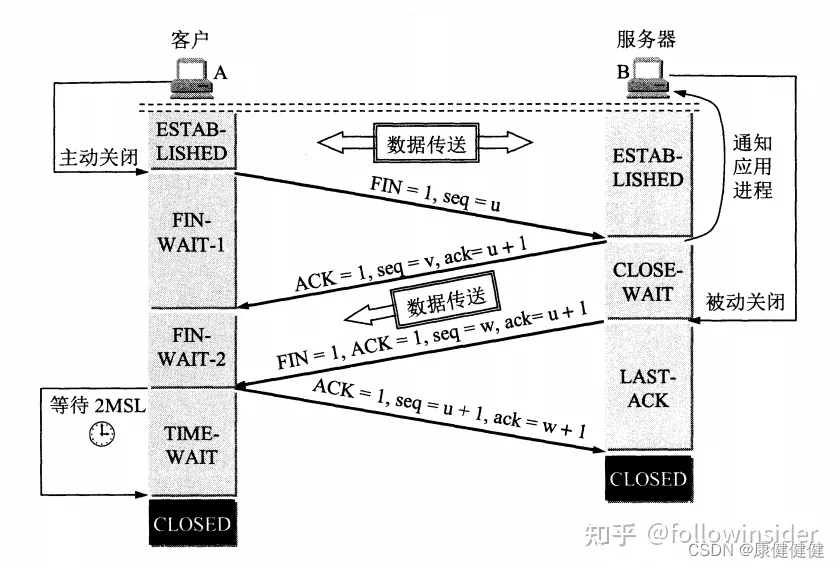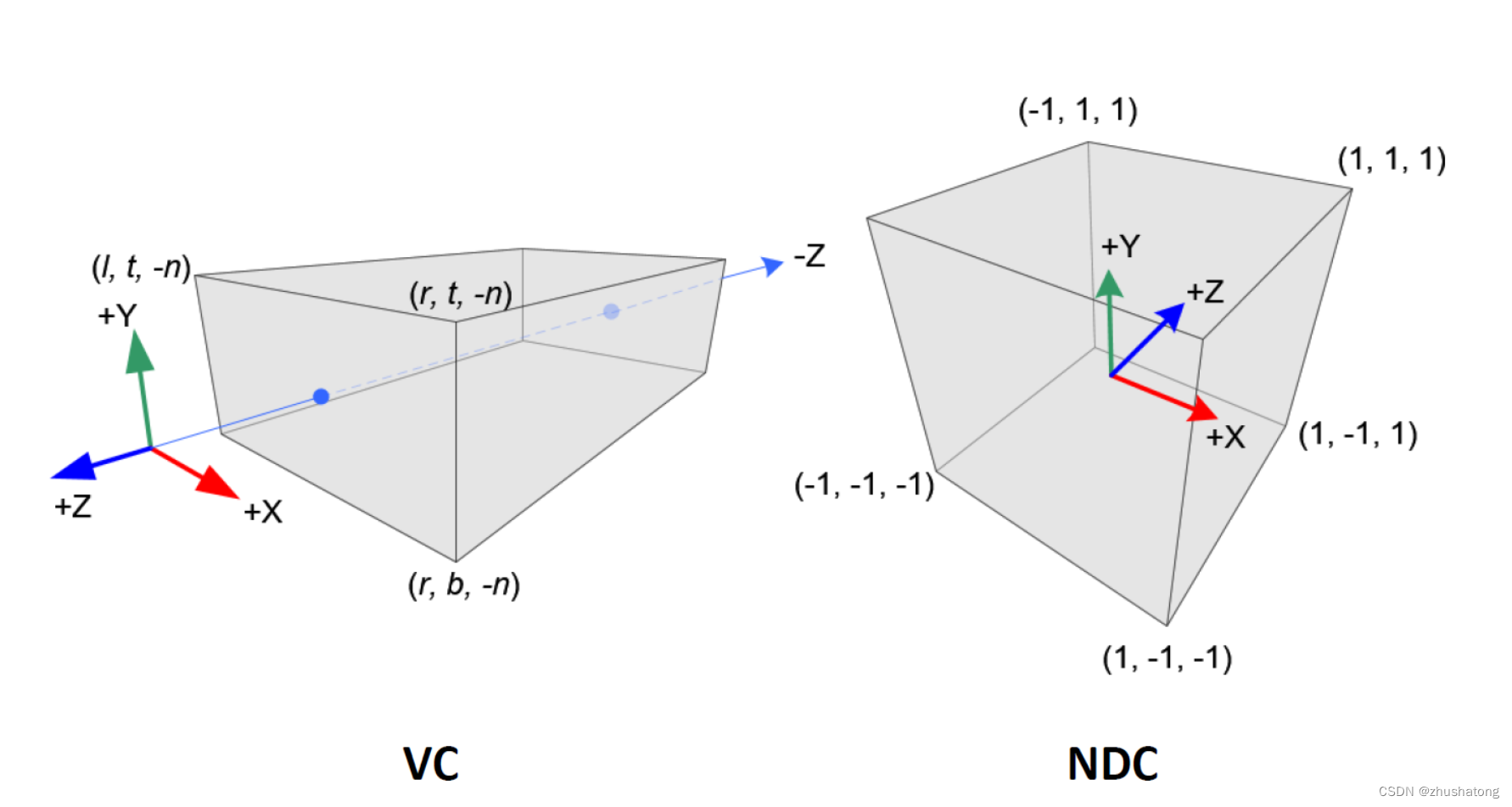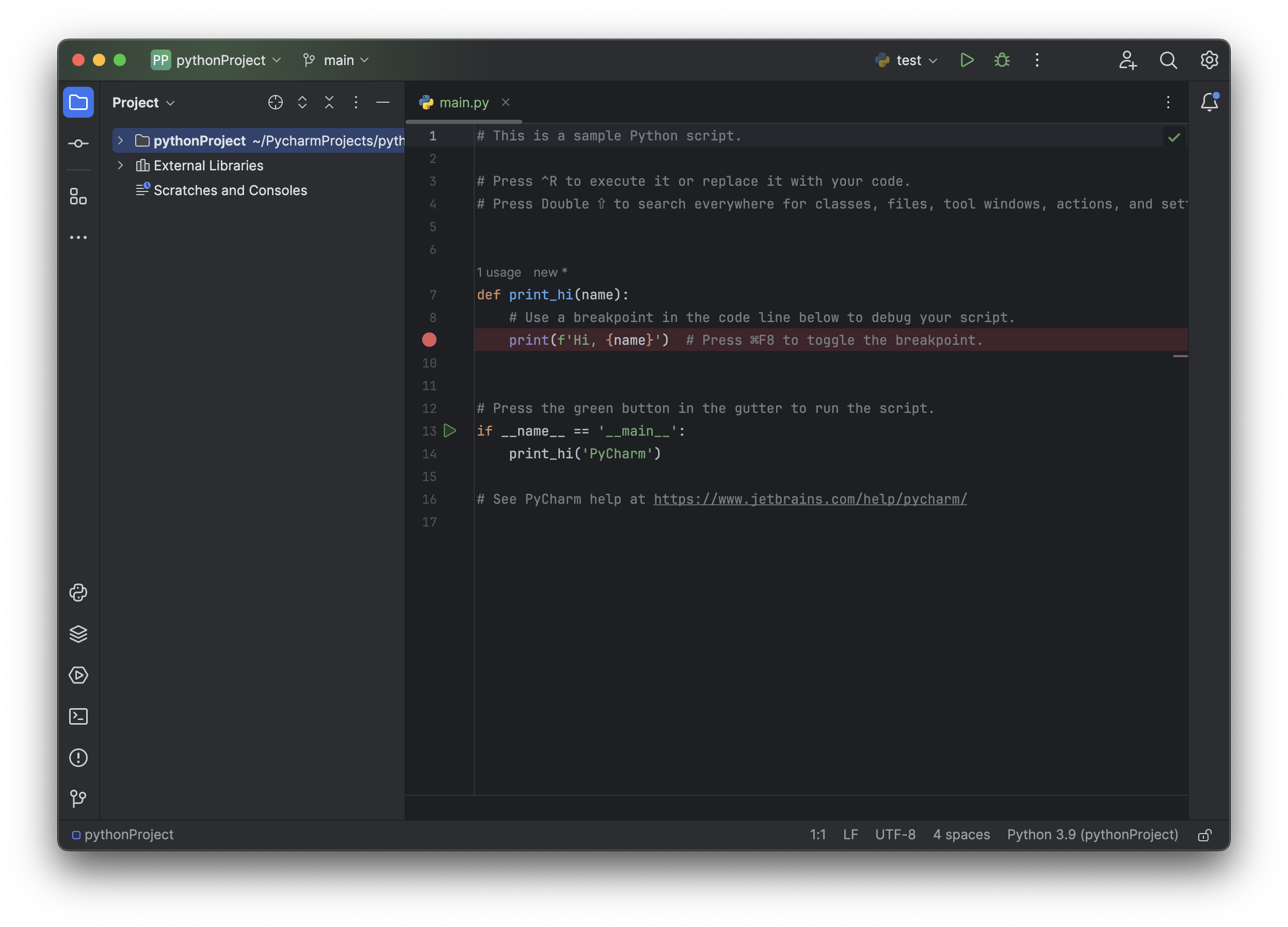题目:
An adder-subtractor can be built from an adder by optionally negating one of the inputs, which is equivalent to inverting the input then adding 1. The net result is a circuit that can do two operations: (a + b + 0) and (a + ~b + 1). See Wikipedia if you want a more detailed explanation of how this circuit works.
Build the adder-subtractor below.
You are provided with a 16-bit adder module, which you need to instantiate twice:
module add16 ( input[15:0] a, input[15:0] b, input cin, output[15:0] sum, output cout );
Use a 32-bit wide XOR gate to invert the b input whenever sub is 1. (This can also be viewed as b[31:0] XORed with sub replicated 32 times. See replication operator.). Also connect the sub input to the carry-in of the adder.

我的解法:
module top_module(
input [31:0] a,
input [31:0] b,
input sub,
output [31:0] sum
);
wire [15:0] sum1,sum2;
wire [31:0]b1;
wire cout;
assign b1={32{sub}}^b;
add16 add161(.a(a[15:0]),.b(b1[15:0]),.cin(sub),.cout(cout),.sum(sum1));
add16 add162(.a(a[31:16]),.b(b1[31:16]),.cin(cout),.cout(),.sum(sum2));
assign sum = {sum2,sum1};
endmodule
结果正确:



















![[C++] opencv - Mat::convertTo函数介绍和使用场景](https://img-blog.csdnimg.cn/direct/97826b57fdb64c88b05901c08abc548d.png)